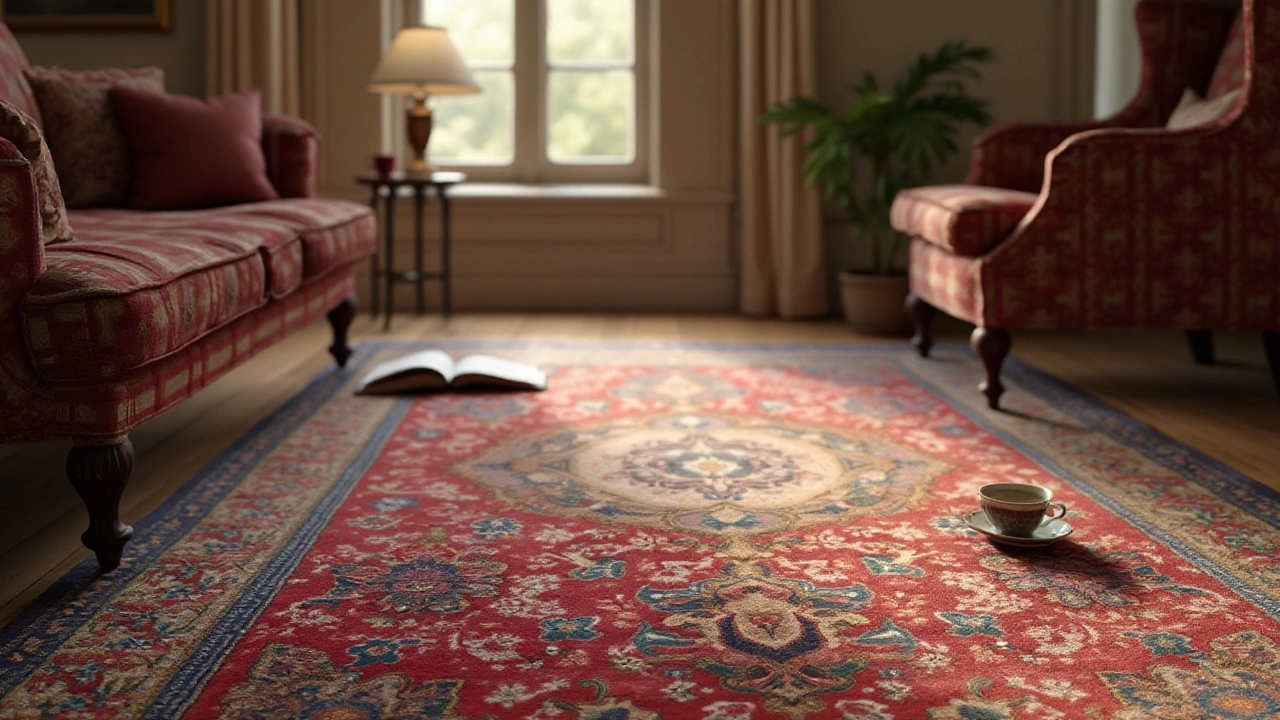Rug Quality Guide: How to Spot the Best Rugs
When you’re scrolling through endless rug options, it’s easy to feel lost. The good news? You don’t need a degree in textiles to pick a rug that lasts and stays beautiful. Just focus on a few key things – material, construction, and finish – and you’ll quickly weed out the fluff.
Know Your Materials
First up, the fiber. Natural fibers like wool, silk, and cotton generally beat synthetics when it comes to durability and feel. Wool is tough, resists stains, and stays soft for years. Silk looks luxe but can be delicate, so it’s best for low‑traffic rooms. Cotton is breathable and easy to clean, but it wears faster.
If you’re on a budget, look for quality synthetic blends. High‑grade polypropylene or nylon can mimic wool’s resilience while staying affordable. Just check the label – the word “polypropylene” alone doesn’t guarantee quality; the rug should also have a tight weave and a good backing.
Check the Construction
How a rug is made tells you a lot about its lifespan. Hand‑knotted rugs are the gold standard: each knot is tied by hand, making the rug sturdy and repairable. The tighter the knot count (usually over 100 knots per square inch), the smoother and more durable the surface.
Machine‑tufted rugs are common and cheaper, but they’re built with a simple backing that can separate over time. If you’re okay with occasional replacement, they’re fine for guest rooms or basements. Look for a double‑sided backing – that’s a sign the rug won’t fray at the edges.
Flatweave rugs are thin and great for high‑traffic areas like hallways. They’re lightweight, easy to roll, and often made from wool or cotton. Just remember they won’t cushion your feet like a plush pile would.
Finally, give the rug a quick “press test.” Press your thumb into the pile; if it springs back instantly, the fibers are still resilient. If it stays indented, the rug may be losing its bounce.
Take these tips into your next rug hunt, and you’ll avoid flimsy buys that fall apart after a few months. A little knowledge goes a long way toward a floor that looks great and holds up for years.
When diving into the world of rugs, knowing how to distinguish a piece of quality craftsmanship can significantly affect your home's interior. Understanding factors like material, weave, and overall durability is essential. This article provides key insights into recognizing a rug's quality, including tips on material longevity, knot count significance, and design precision. By becoming informed, you ensure that your investment not only adds beauty but also stands the test of time.
Dec, 9 2024
